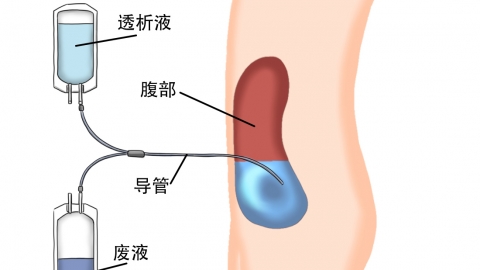What are the complications of long-term hemodialysis?
Under normal circumstances, long-term hemodialysis serves as a critical treatment for patients with end-stage renal disease, but it may lead to various complications during the process, including cardiovascular diseases, renal bone disease, anemia, infections, malnutrition, and others. A detailed analysis is as follows:

1. Cardiovascular Diseases: Long-term hemodialysis patients often develop cardiovascular issues such as hypertension and coronary heart disease. Hemodynamic changes and fluid-sodium retention during dialysis increase the burden on the heart, causing frequent blood pressure fluctuations. This may also trigger arrhythmias and, in severe cases, impair cardiac function.
2. Renal Bone Disease: The kidneys' inability to properly synthesize active vitamin D or excrete phosphorus leads to calcium-phosphorus metabolic disturbances, resulting in renal osteodystrophy. Patients may experience bone pain, increased bone fragility and fracture risk, joint deformities, and impaired limb mobility.
3. Anemia: Reduced secretion of erythropoietin by the kidneys, combined with minor blood loss during dialysis and impaired nutrient absorption, commonly causes anemia. Symptoms include pallor, fatigue, dizziness, and worsening discomfort after physical activity.
4. Infections: Long-term hemodialysis patients typically have weakened immune systems. If the dialysis access site is not properly cared for, infections can easily occur. These may present as local redness, swelling, and pain, and in severe cases may progress to systemic infections such as sepsis, posing a significant threat to patient health.
5. Malnutrition: Hemodialysis leads to the loss of certain nutrients such as proteins and amino acids. Combined with decreased appetite and impaired digestive absorption, this often results in malnutrition. Patients may experience weight loss, muscle atrophy, and further compromised immunity.
Patients are advised to strictly follow medical instructions, control fluid and salt intake, regularly monitor key health indicators, engage in appropriate light exercise to strengthen their constitution, and ensure adequate nutritional intake to help maintain stable physical condition.





